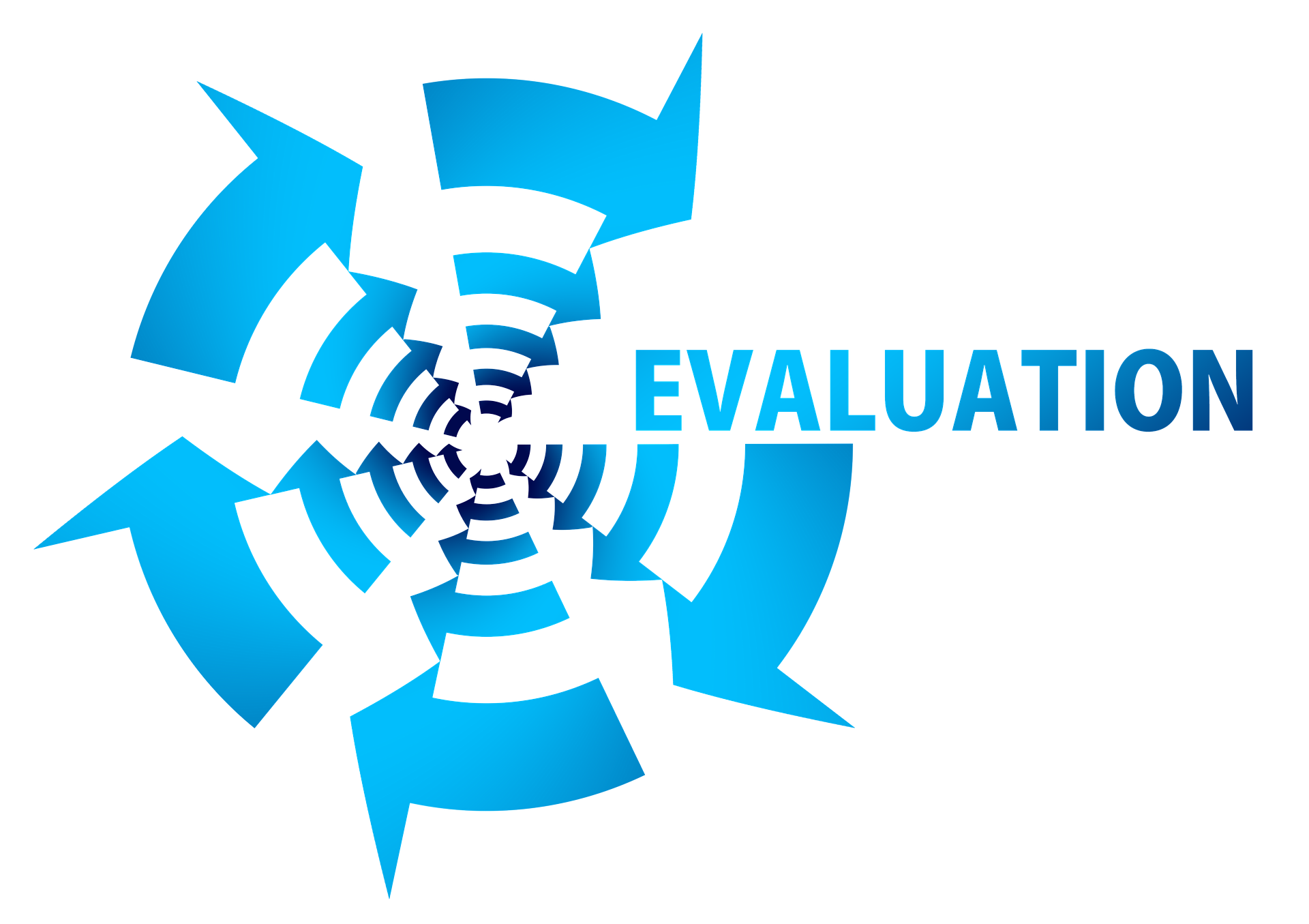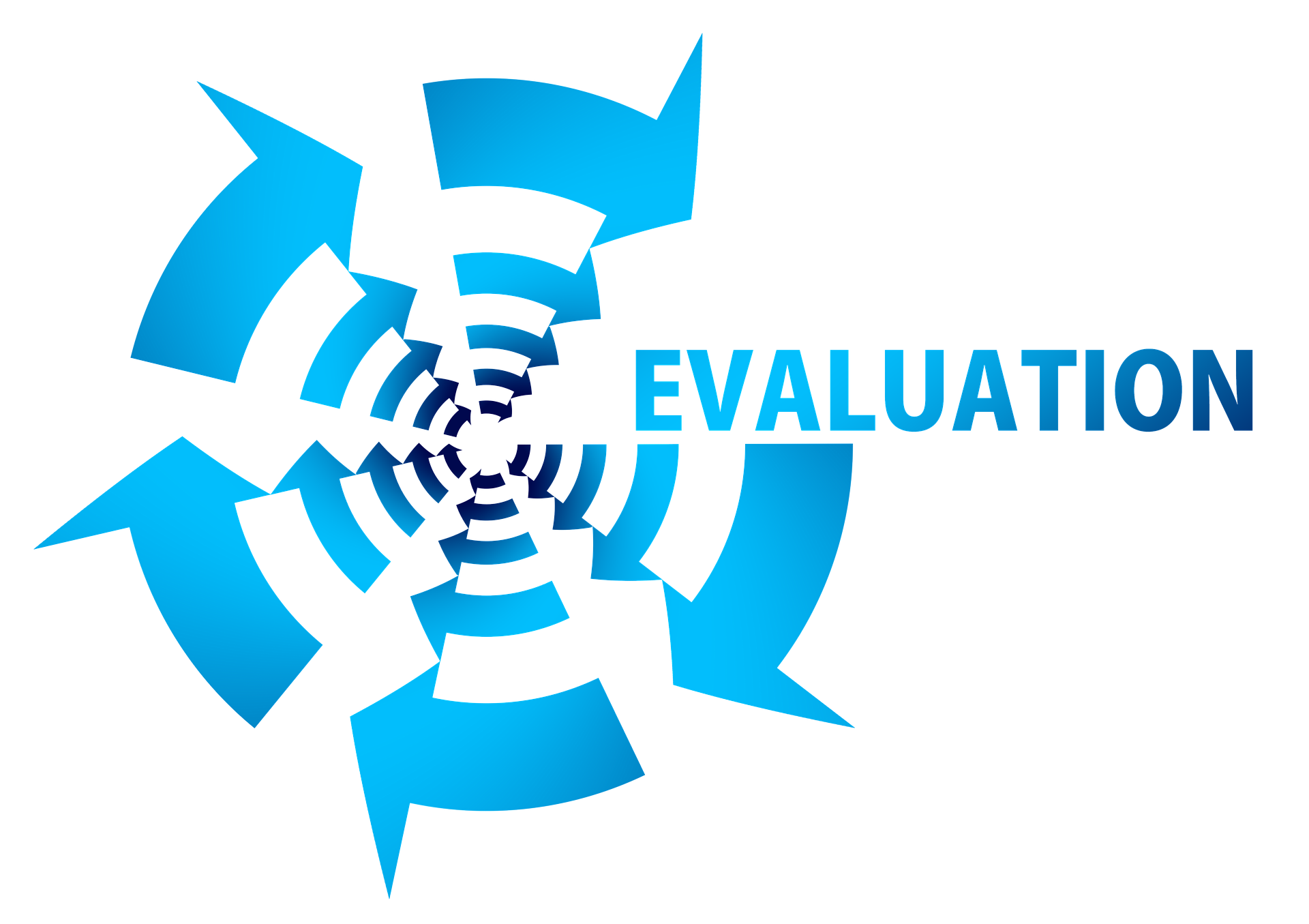Do you know what tools are provided with your new BAS?
Are you struggling with how to support yourself after the warranty period?
Does the thought of being vendor locked scare the crap out of you?
Once again we take these questions head on! Are you ready to break down the doors and access knowledge that was previously reserved for only those in the "know"?
If so join me in the fifth article in a 10-part series on how to evaluate your building automation systems.
[toc]
Criteria 5: Configuration Tools
Configuration tools, they make or break your ability to do just about everything you want to do with your BAS.
Want to add a field controller? You need a configuration tool.
Want to back up a database? You need a configuration tool..
Want to adjust graphics and core settings? You need a configuration tool...
If you're like me you're noticing a trend here! Configuration tools are critical to the operation of your BAS.
The Criteria
#5 Configuration Tools
Really Phil, configuration tools? How the heck can we evaluate something that is vendor specific...
Ah, my friend, it's easier then you think. At the end of the day, configuration tools do three things:
- Configure and Program Controllers
- Adjust and Customize Settings
- Create and Backup Databases
As always, there is a reason to the order I put these capabilities in.
As I looked back at the hundreds of buildings and thousands of projects I've done in my career I noticed there was in how I completed tasks.
Whether it was a service call or a new installation, my projects usually started with me configuring or programming the field controller.
From here I would then adjust settings, configure my default set-points, setup new graphics, etc.
Finally, I would either create a database or backup everything I did to the current database.
When I thought about these tasks, I realized there were three distinct tasks that may or may not be in the same tool. So, without further ado let's dive into... Configuration Tools!
Configure and Program Controllers
Have you ever found yourself wanting to change something in your BAS controller?
How much did it irk you to find out that you couldn't get into the controller because the vendor before you locked the controller, didn't leave the configuration files, or didn't give you the configuration tool?
Whether you are a vendor or an owner, if you've been in the BAS world for more than a couple of years you have probably encountered this!
The first capability I recommend, for any BAS configuration tool, is the ability to configure and program BAS controllers and supervisory devices.
What does this look like?
Configuration would cover everything from addresses, interfaces, naming, and other general settings on a BAS device.
Programming is the ability to connect to the device and to set up logic inside the device. This should include programming whether you are physically connected or remotely accessing the device.
My Recommendation
My recommendation is that at a bare minimum you should have the ability to configure devices.
You should also have the ability upload/download programs to and from the devices. Some folks will want to go a step further and include the ability to actually program the devices.
Adjust and Customize Settings
While adjusting and customizing settings is similar to configuration of devices it does differ just enough to be its own category. When I say adjust and customize settings what I am referring to is the ability to change hard-coded settings.
The difference between hard-coded settings and regular set-points are that hard-coded set-points are set in programming.
An example of this, would be calibration factors for air-balancing. You don't want just anyone to be able to log into your BAS and start changing air-balancing values.
In order to accomplish, this you need the ability to connect to the existing database and/or field controller to configure these settings.
My Recommendation
If you self-perform a lot of your BAS tasks, I recommend that your BAS have the capability to adjust hard-coded settings. This will allow you to avoid costs associate with re-configuring systems.
Just do me a favor, don't try to overcome this limitation by making your settings adjustable through your graphics, I've done to many service calls to fix these kind of issues..
Create and Backup Databases
If there is one area that has caused me more heartburn than any other, its databases.
In the beginning I didn't realize the importance of save early and save often..
Learn that hurt..
But, without the ability to create and backup databases you are effectively dead in the water.
Let's say you want to be able to create an off-line version of your database to test changes. Well, you need the ability to both backup the current database and create a new database.
Every project begins and ends with a database, whether it is a retrofit or new construction project. So then doesn't make sense to make sure you can access the database capabilities of your BAS?
My Recommendation
Even if you don't self-perform a single task you still need this capability. Let's say that you were relying on the vendor to back up your databases.
What if their system crashes?
With some systems if you don't have the ability to back up your databases those databases can be lost.
Configure and Program Controllers
You would put the following verbiage in your Request For Proposal (RFP) or Request For Qualification (RFQ).
Please detail out how your configuration tools allow users to configure and program controllers
The table below details out how you would rank the responses.
[table caption="Configure and Program Controllers" width="100%" colwidth="50|100" colalign="Left|left"]
Ranking Score, Ranking Description
0, The configuration tools are not available to the customer
1, A limited version of the configuration tools are provided to the customer
2, The configuration tool is provided to the customer but the programming library is not
3, The full version of the configuration tool along with a programming library is provided to the customer
[/table]
Adjust and Customize Settings
You would put the following verbiage in your Request For Proposal (RFP) or Request For Qualification (RFQ).
Please detail out how your configuration tools allow users to adjust and customize settings
The table below details out how you would rank the responses.
[table caption="Adjust and Customize Settings" width="100%" colwidth="50|100" colalign="Left|left"]
Ranking Score, Ranking Description
0, There is no support for hard-coded settings
1, Hard-coded Settings cannot be adjusted
2, Hard-coded settings can only be adjusted by vendors
3,Hard-coded settings can be adjusted by customers
[/table]
Create and Backup Databases
You would put the following verbiage in your Request For Proposal (RFP) or Request For Qualification (RFQ).
Please describe how your configuration tool allows users to create and backup databases
The table below details out how you would rank the responses.
[table caption="Create and Backup Databases" width="100%" colwidth="50|100" colalign="Left|left"]
Ranking Score, Ranking Description
0, Databases can only be accessed by the vendor
1, Customers can backup databases
2, Customers can edit current databases
3, Customers can create edit and backup databases
[/table]
Summary
This was the fifth article in the How to Evaluate a BAS Series. In this article you learned how to evaluate your BAS tools for:
- Configure and Program Controllers
- Adjust and Customize Settings
- Create and Backup Databases
In the next article for this series we will discuss how to evaluate BAS controls architecture. If you've ever wondered how BAS control systems are put together this will be the article for you.





